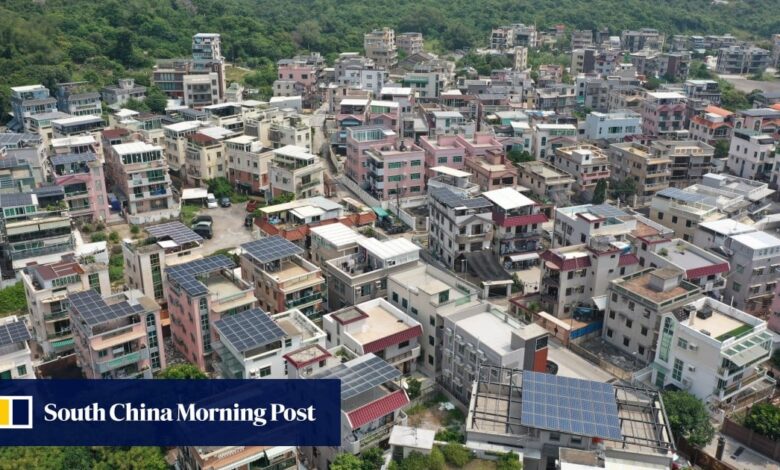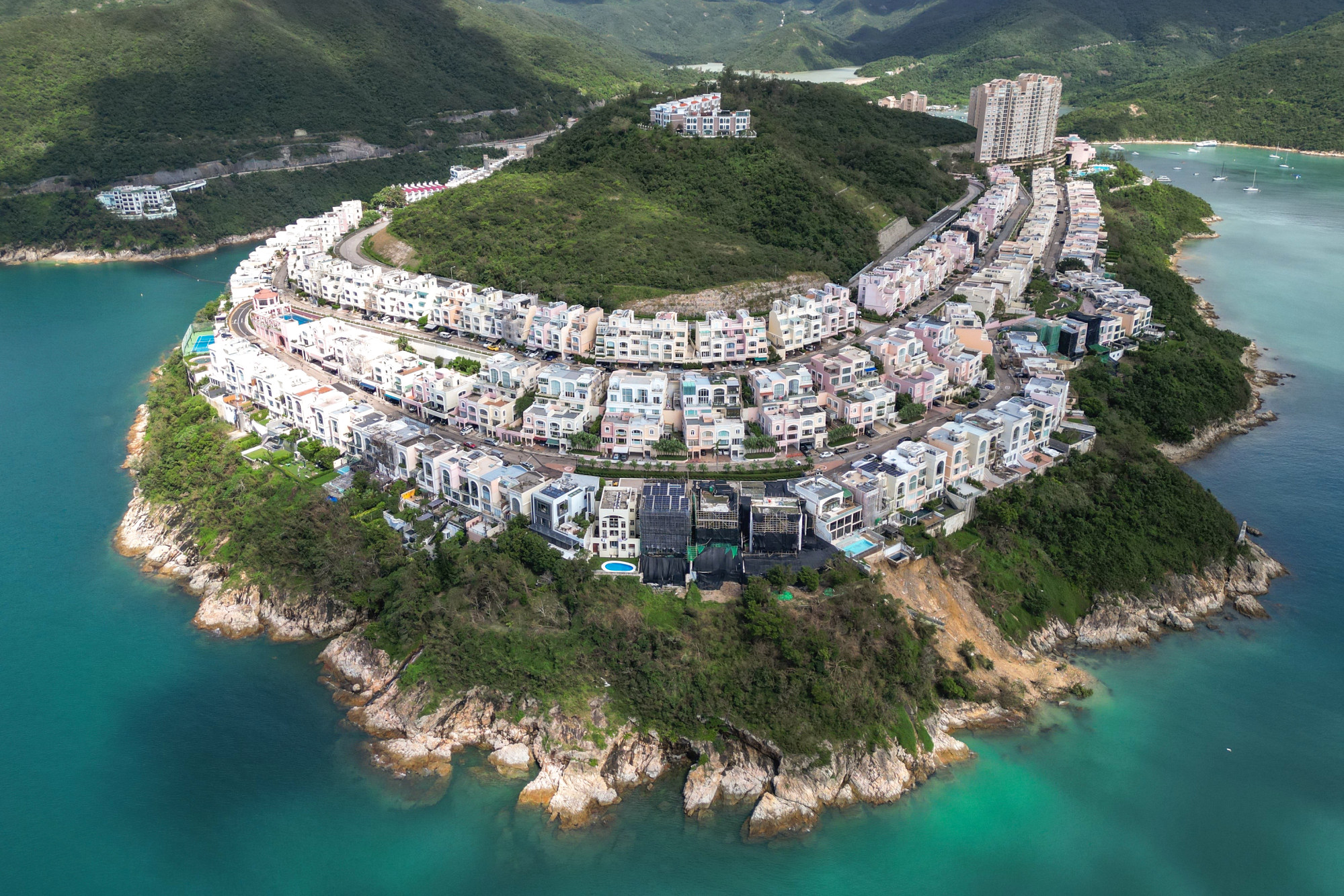Hong Kong authorities to look at giving some leniency to owners with small illegal structures on homes in urban areas

Authorities will explore whether to exempt property owners in urban areas from having to immediately remove small illegal structures from their homes as part of a review of Hong Kong’s buildings laws, the development chief has revealed.
The proposed mechanism raised by Secretary for Development Bernadette Linn Hon-ho on Wednesday was previously adopted in 2011 in the New Territories amid rampant abuse of the Buildings Ordinance, with authorities regulating rather than ordering the immediate removal of small unauthorised structures on village houses.
Hong Kong may lower prosecution threshold for illegal structures, raise fines
Hong Kong may lower prosecution threshold for illegal structures, raise fines
Under the arrangement, homeowners had to declare any illegal small-scale additions, such as enclosed balconies and rooftop structures, to the government before the end of 2012. They also had to hire registered professionals to check the structures every five years until the authorities demanded their removal.
Linn said the government’s current priority was to rectify cases involving serious structural safety risks and nuisance.
“We have already classified some cases as not to be banned [in urban areas]. It doesn’t mean they are legal, we are just not taking immediate action because their scale is small,” Linn said.
She said that while the authorities would still send out advice or warning letters and deploy workers to follow up on them, they would explore if they could be more transparent by adopting the system that applied in the New Territories.
The issue came back into focus in September when a landslide exposed unauthorised structures at four seaside homes at the luxury Redhill Peninsula in Tai Tam.
The government inspected 85 other homes on the estate, with 70 suspected to have illegal structures and 40 of using government land without permission.
Hong Kong officials to seek warrants for entry to 3 homes at Redhill Peninsula
Hong Kong officials to seek warrants for entry to 3 homes at Redhill Peninsula
Homeowners found to have unauthorised structures are currently only prosecuted if they fail to comply with removal orders issued by the government.
They face a maximum fine of HK$200,000 (US$25,575) and one year behind bars. They can also be fined HK$20,000 for each day they do not adhere to the order.
Veteran surveyor Vincent Ho Kui-yip said the government had to define “small-scale” unauthorised structures carefully.
“If the structures generate additional living space, it will not be appropriate to include them [in the proposed mechanism],” said Ho, chairman of the building policy panel at the Hong Kong Institute of Surveyors. “The basic principle is to have no obvious safety risks.”
Suspected illegal structures found at 70 homes out of 85 at Hong Kong’s Redhill
Suspected illegal structures found at 70 homes out of 85 at Hong Kong’s Redhill
Ho cited an illegal canopy as an example, which could fall under the category if it did not pose any safety risks, but he stressed the government should aim to rectify all illegal structures in the city in the long run.
Chan Kim-ching, founder of the Liber Research Community, an NGO focusing on land and development policy, said the government should demand a declaration for all illegal structures, regardless of their size.
“The government cannot solely focus on the small-scale ones and ignore basements,” Chan said.
“These basements and rooftop structures can increase the floor area and generate value for luxury houses.”

Following a declaration, Chan said, authorities had to order owners to remove their illegal structures and take enforcement action against those who failed to notify the government before any deadline.
“The government should build a systematic mechanism and provide a timeline on its enforcement action.”
A decade ago, then development secretary Carrie Lam Cheng Yuet-ngor sparked outrage among New Territories villagers with plans for a crackdown on illegal structures at their homes, in particular, those with extra floors above the three permitted.
After rounds of negotiations with rural chiefs, the administration focused on rectifying serious cases and homes with newly added unauthorised structures, while showing leniency over houses with small illegal structures by introducing the declaration system, with 18,000 applications recorded.
The ombudsman in February slammed the government’s progress as it could not stop homeowners from building illegal structures at village houses.
As of 2021, the Buildings Department had issued more than 5,300 removal orders over the past decade, with almost half directed at newly built structures and those under construction.





